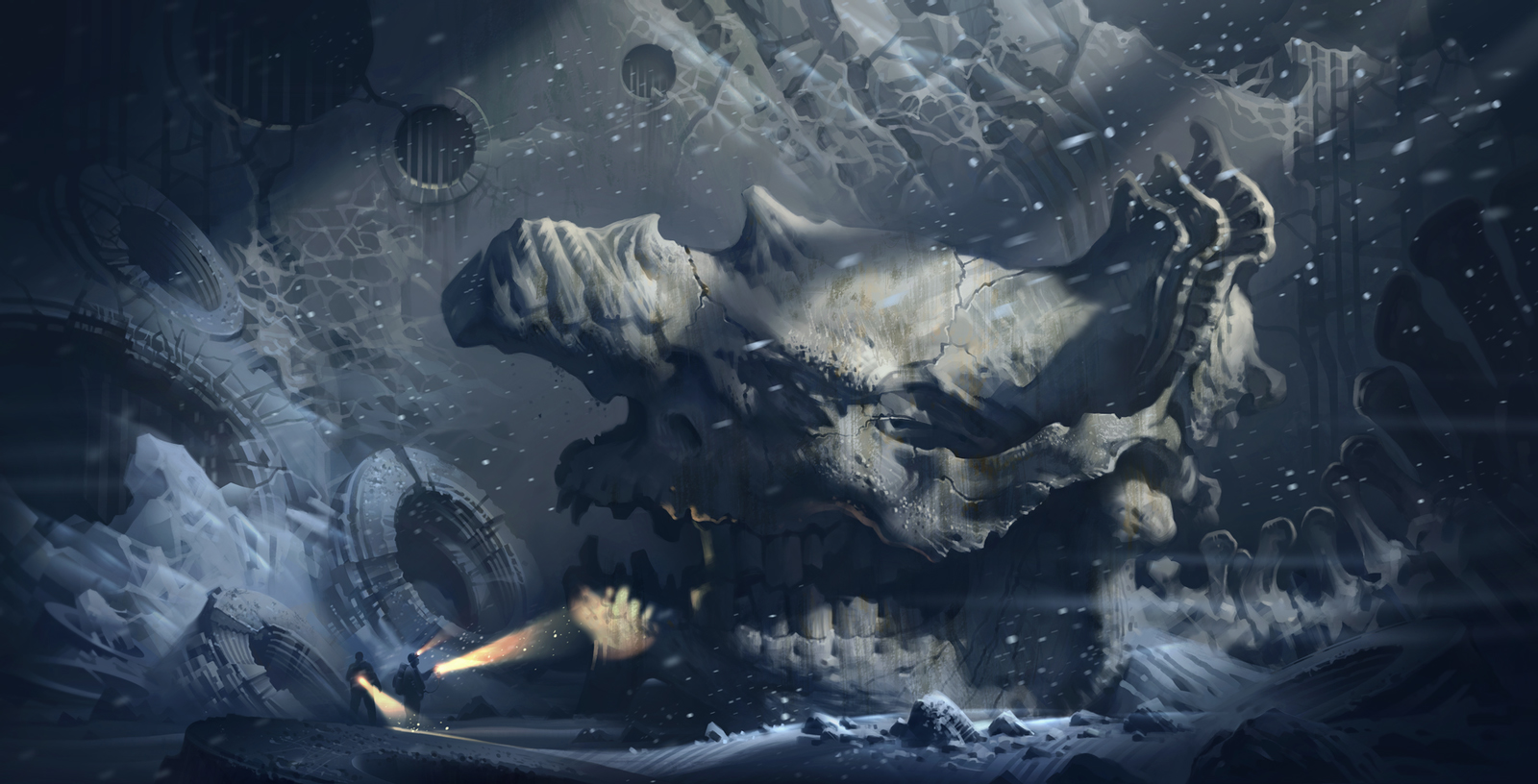
The basic idea informing the plot of Eugene Linden’s paleontological thriller Deep Past (2019) is neatly summarized in this snatch of dialogue: “Ten thousand years ago humans were just as intelligent as we are today, but our material culture was almost non-existent. Evolution produced human intelligence in the blink of an eye; our material culture has developed in a nanosecond, geologically speaking. […] So I’m thinking that if evolution produced intelligence in us, it might have done so before, perhaps several times. Over tens of millions of years, a lot of things can come and go and leave no trace” (84). (Adam Frank writes a fascinating article about precisely this topic for The Atlantic, but he makes the the unjustifiable assumption that “intelligent” life prior to us would have been industrial – despite the fact that Homo sapiens has been around for ~300,000 years and only just got hooked on industrial modes of extraction and production very, very recently.)
Let’s quickly gloss over the most relevant plot elements.
The protagonist, Claire Knowland, is an anthropologist specializing in animal communication. She goes to work on a dig in Kazakhstan, searching for clues to the origins of horse domestication. Instead, she discovers paleontological evidence of a species of relatively advanced, technologically adept proboscideans (trunked mammals), dating back to 5.5 Mya. The evidence comes in the form of an array of petrified bones – which is to say, traces that indicate the intentional burial of the array, i.e., funerary practices, as well as grave goods and even what looks like a technological device, or totem, crafted in the shape of an archaic food object. By the end of the novel, the working hypothesis is that these proboscideans had become isolated during the Messinian salinity crisis in what is now the Kazakh Steppe, where they evolved cognitive abilities allowing them to cultivate subsistence agriculture (in order to survive the extreme desertification of their locale, at least temporarily), develop technologies, and so forth.
Throughout the novel, Linden (who has written extensively on animal intelligence since the 1970s, as well as a quite interesting monograph about the disruptive effects of climate change on civilizations) plays around with two big ideas.
The first is the idea that climactic or environmental instability might select for intelligence, which extrapolates from what sometimes gets called the cognitive buffer hypothesis. The cognitive buffer hypothesis posits that larger brains are correlated with an enhanced ability to navigate novel situations, which, in turn, increases the probability of survival in changing environments. Neuroscientist Reuven Dukas and biologist John M. Ratcliffe note that the cognitive buffer hypothesis is “the most general explanation for the benefits of the evolution and development of large brains, proposing that a major advantage of a large brain is to produce behavioral responses that protect the animal from the vagaries of the environment.” They add, “The buffer function of the brain has the potential to generate ‘autocatalytic’ and positive-feedback processes that, although still not well understood, could accelerate brain evolution.” (The cognitive buffer hypothesis isn’t universally accepted, and you can read more about it here.) Here’s the only paper Linden cites directly in the novel: Richard Potts, “Evolution and Environmental Change in Early Human Prehistory,” Annual Review of Anthropology 41 (2012): 151-67. For a quicker, more popular engagement, see Bill Andrews writing for Discover Magazine: “Did Ancient Climate Change Affect Human Evolution?” (2018).
Linden writes (via Claire): “‘I think about intelligence in evolutionary terms – what it does rather than what it is. […] I tend to think there are various kinds of intelligence – social intelligence or emotional intelligence, to name a couple – but I’m assuming that most people focus on quantitative intelligence, the ability to symbolically construct a model of the world and then manipulate that model through rules and laws in order to be able to predict or influence events. […] When you think about it, the ability to build those models reduces the risk to actually trying out different strategies or what have you in the world. Instead of trial and error – which can be fatal in the real world – you can test or discard a lot of more different approaches to a problem if you’re doing it in the safe confines of a symbolic world, than you ever might in the real world” (108-09).
This leads directly to the second big idea or implication that Linden explores and perhaps even suggests – namely, that intelligence as we know it is always a form of animal intelligence. This can be read as a strong claim: all intelligence can be only animal intelligence, which is to say, only animals (in one form or another) can be intelligent. Or it can be read as a weak claim: all intelligence has been only animal intelligence, at least so far, or so far as we know… (Here, perhaps, one might imagine feral and furtive AI, lurking in the depths of their own prehistory, hiding inside camouflaged caves of encryption, painting model stick figures of the dangerous bipedal animals prowling around chaotic meatspace, just beyond the flickering, staticky illumination cast by digital fires.)
In either case, despite the fact that both versions of the claim fundamentally unsettle one of the basic assumptions of modern civilization – namely, that Homo sapiens is constitutively different than everything else in the universe, one way or another (e.g., due to divine ensoulment, rationality, or technical control) – it seems like a claim like this necessarily attends and follows from the Darwinian revolution as such. On this view, intelligence, however else we might like to define it, is an adaptive strategy animals use to navigate their environments. There isn’t anything terribly peculiar about it, in principle. Accordingly, if you find the idea that intelligence may have evolved before exotic or too farfetched, then you may not yet have come to terms with Darwin.
And if you think Darwin’s wild, wait until you hear about everything that comes next.